There is a wide variety of rackets on the market, but not all of them have the same prices and the same performance, so what is the right one for you? Here is a complement to our more technical article on 5 tips for choosing your racquet padel.
The perfect racket does not exist
The first thing you need to keep in mind is that there is no such thing as a perfect racquet, but a racquet that is right for your game. Leaving aside considerations like price or aesthetics, there are a few features that can help. determine how the racquet will move in your hand. The most important factor when buying should be your level of play and the characteristics that the racquet will bring to that level.
Roger, an adapted racket?
Any practice of a sport requires the combination of physical activity and adapted tools. Think about it, would Roger Federer be listed on 1.22 on BetStars against Martin Cilic in the final round in London on November 16, if he hadn't optimized his skills with a perfectly suited racket? Whether you are an advanced player or a newcomer to the practice of padel, the choice of racquet is not a decision to be taken lightly.
Sustainability
Sustainability is essential. A racket padel, like any other purchase, should be a good quality product that will last. However, due to its inherent purpose of hitting a ball, it must combine characteristics of low weight, elasticity, and firmness. This means that its composition implies an ideal combination of different materials with different strengths and durability. In general, snowshoes from padel are more fragile than tennis or squash rackets. While squash rackets use strong frames with strings that can be easily replaced when broken, rackets padel are made of soft components that will eventually break with heavy use or accidental impact with the floor and walls.
3 parts
A racket padel is made up of three parts merged into one shape which, from the outside, may appear to be one piece. We find the frame or profile (the outside around the main impact zone which gives the racket its firmness and solidity), the impact surface (the most important part of the racket because it is the where the ball hits and depending on its composition will give us different sensations and performance while playing), and the shaft (usually wrapped around a rubber or a grip).
These days there are many racquets on the market that have carbon fiber frames to give the best combination of firmness, durability and lightness. The frame is also the part of the racket that is most prone to blows as we hit balls close to the floor and walls. To protect the frame, many models come with a plastic protection screwed or glued to the top of the racket. Despite an essential protection for beginner players, it is also a part that, over time, will stand out even with experienced players. It should be noted that racquets intended for beginner players tend to be built with a longer resistance because they are more often exposed to accidental impacts. Fortunately, they also have a more attractive price to make them accessible to everyone. Keep in mind, however, that once broken, they are difficult to repair.
3 levels
You also have to take into account your level of play. In general, the level of play is divided into 3 levels: beginner or initiation, regular player, advanced or professional. Each level represents the speed and weight of the ball as you play. This means that the ball comes at us slower and with less spin when we start playing (assuming we are playing with equal-level peers or with a coach) and faster / more often as our level improves. . In general, retailers and manufacturers of padel classify their racket catalogs in these player tiers. As long as you are able to see what stage you are at, it should be easy to find which racket is the best fit.
The hardness of the racket
Hardness is another criterion of choice. Snowshoes padel have a solid impact surface that is filled with holes to allow easy swing through the air. This surface can be hard or soft and will greatly determine the performance of the racquet. A softer racquet will have more elasticity to bounce the ball and give more power to your shots. The impact surface is most often composed of Eva goma or Foam (foam) then covered with different materials according to the manufacturers but the most commonly encountered are fiberglass and carbon fiber.
Eva rubber is hard, less flexible and gives less power to the ball. Its advantage lies in its longevity and its quality of trajectory control. Eva is the most commonly used kernel, found by most manufacturers. The foam that has it, is softer, it offers a little less control but much more elasticity and provides more power and speed to the ball. Logically, it is also the material that lasts the least over time. Recently, manufacturers have developed a third type of core that combines both Eva and Foam. This hybrid is a soft rubber with much longer durability made of a foam core surrounded by an Eva rubber on the outside. There is therefore a multitude of softness and hardness in snowshoes. padel, and the brands that have embarked on the adventure continue to regularly offer innovations to improve the quality and comfort of play.
More flexibility, more power?
In general, we can say that a soft racquet gives power to your strikes because the greater elasticity brings additional energy to the ball. On the other hand it will unfortunately reduce control. These rackets help you defend at the back of the court (they push your strikes to reach the other side) and give power on the fly. Obviously, soft racquets tend to last less than hard racquets because softer materials are easier to damage quickly.
Unlike soft racquets, hard racquets provide control and power. They are more demanding than soft racquets because what they lack in rebound power must be provided by your arm and therefore you must have good technique to optimize your impacts. This is why it is difficult to recommend a hardness for beginners or beginners. For example, a woman (whose padel is the ideal sport) who are starting out will likely need a softer racquet than a man as they tend to have more strength. But this is not always the case, we really have to test different rackets before finding the one that perfectly matches our physique, but also our style of play.
As we improve our technique, these features developed in the article should allow us to choose which racket hardness is best suited to our game throughout our practice, with frequent changes if needed.
Franck Binisti discovers the padel at the Club des Pyramides in 2009 in the Paris region. Since padel is part of his life. You often see him touring France going to cover the major events of padel French.




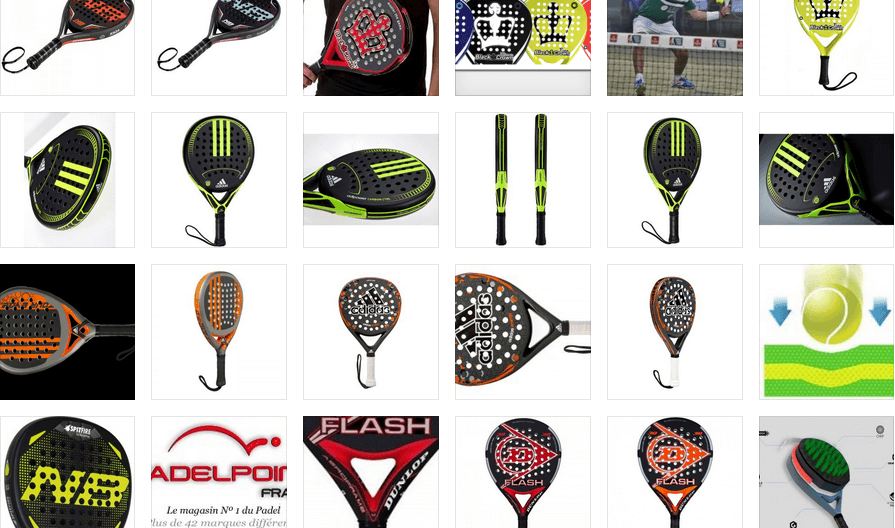
















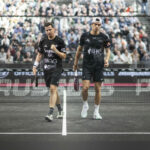















































































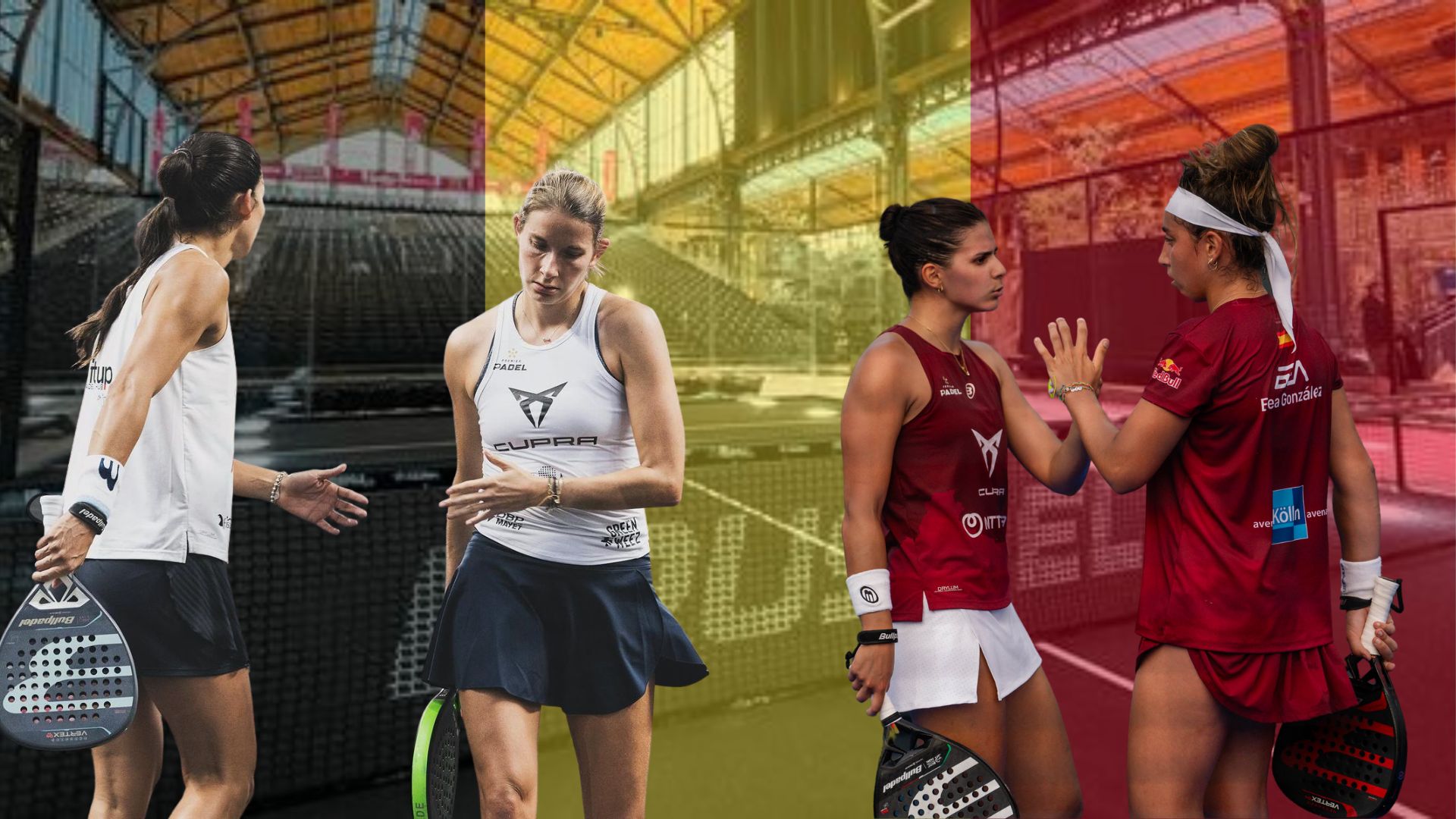 Premier Padel Brussels P2 – Alix Collombon and Julieta Bidahorria tackling the Brea/Gonzalez mountain
Premier Padel Brussels P2 – Alix Collombon and Julieta Bidahorria tackling the Brea/Gonzalez mountain Guillaume Codron: “South Padel, a family project”
Guillaume Codron: “South Padel, a family project” Gilles Moretton: “We will be able to put the padel at the level of tennis”
Gilles Moretton: “We will be able to put the padel at the level of tennis” Nallé Grinda: “Democratize the padel in the USA with PadelX "
Nallé Grinda: “Democratize the padel in the USA with PadelX " Simon Boissé: “We know that there are two nations in front of us”
Simon Boissé: “We know that there are two nations in front of us” Marie Maligo: “This period of frequent changes of partners was beneficial for me”
Marie Maligo: “This period of frequent changes of partners was beneficial for me” Two P1000 doubled prize money approaching!
Two P1000 doubled prize money approaching! José Manuel Escin at the inauguration of Casa Padel DOS: “Finally, and thank you!”
José Manuel Escin at the inauguration of Casa Padel DOS: “Finally, and thank you!”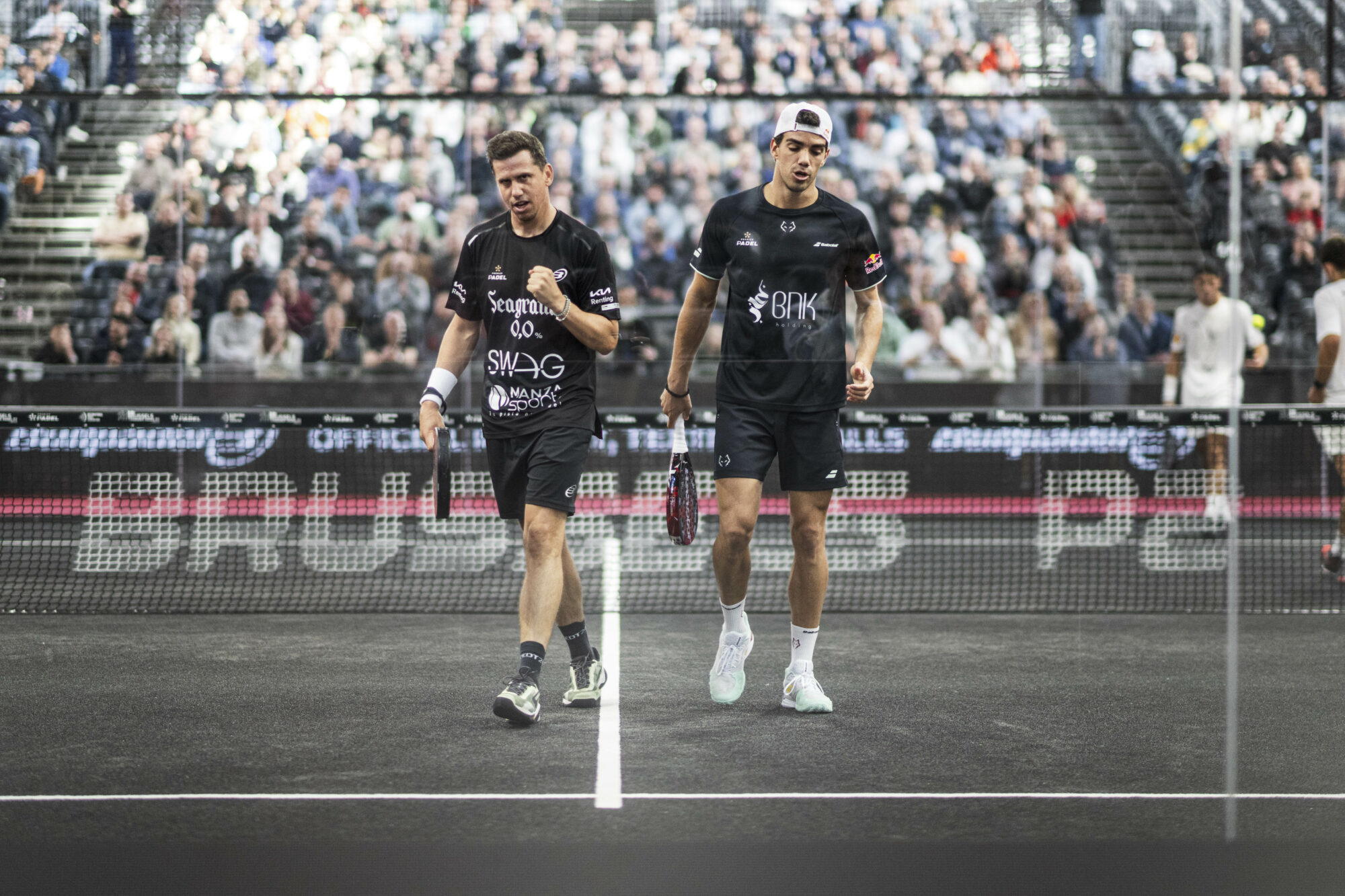 Premier Padel Brussels P2 – Paquito Navarro and Juan Lebron went through all the emotions…
Premier Padel Brussels P2 – Paquito Navarro and Juan Lebron went through all the emotions… Premier Padel Brussels P2 – The eighths live
Premier Padel Brussels P2 – The eighths live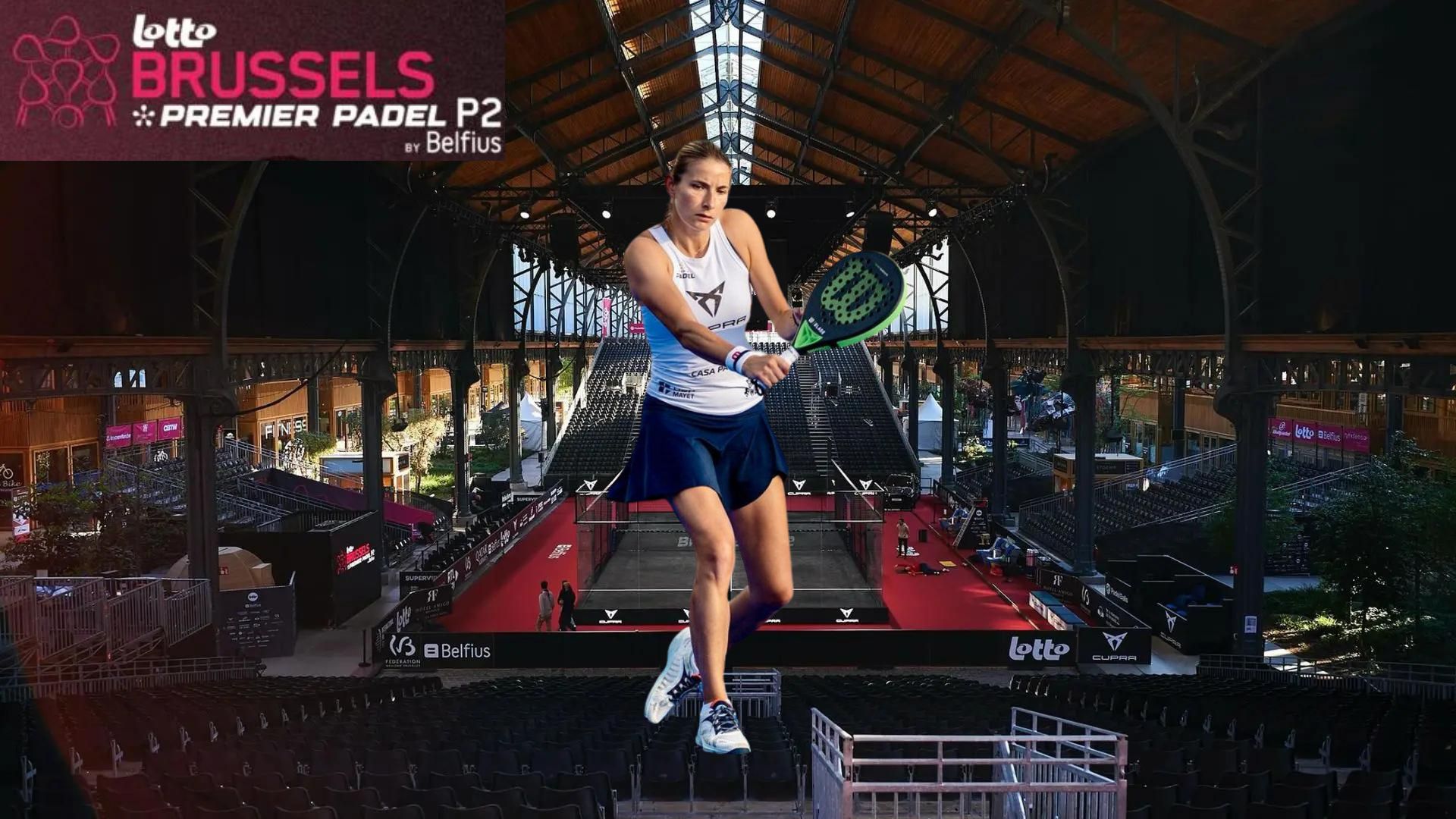 Premier Padel Brussels P2 – Collombon and Bidahorria qualified for the second round
Premier Padel Brussels P2 – Collombon and Bidahorria qualified for the second round Padel Score comes to Tahiti for American Express Padel Cup!
Padel Score comes to Tahiti for American Express Padel Cup! Do you know the Rafa Nadal Academy Tour?
Do you know the Rafa Nadal Academy Tour? Play at padel on his yacht? Possible for €233.000!
Play at padel on his yacht? Possible for €233.000! Our Top 10 training courses padel in France and Europe
Our Top 10 training courses padel in France and Europe At the heart of padel – Episode 25: Paul and Andoni answer your questions
At the heart of padel – Episode 25: Paul and Andoni answer your questions Tactical padel – What to do when faced with players who systematically stay at the bottom?
Tactical padel – What to do when faced with players who systematically stay at the bottom? The basic tactics of padel
The basic tactics of padel At the heart of padel – Episode 25: Paul and Andoni answer your questions
At the heart of padel – Episode 25: Paul and Andoni answer your questions At the heart of padel – Episode 23: defend the window well
At the heart of padel – Episode 23: defend the window well Prohibition on playing topless Padel : the reasons
Prohibition on playing topless Padel : the reasons FIP Tour – Going far from Europe, THE strategy to earn points!
FIP Tour – Going far from Europe, THE strategy to earn points! What is a good football player? padel ?
What is a good football player? padel ? “Lefties give me headaches when I play against them!”
“Lefties give me headaches when I play against them!” At the heart of padel – Episode 14: how to earn points in winter?
At the heart of padel – Episode 14: how to earn points in winter? A par 4 is always a winner...even if you manage to defend it!
A par 4 is always a winner...even if you manage to defend it! Carbon fiber VS fiberglass: what to choose?
Carbon fiber VS fiberglass: what to choose? How to effectively test a racket padel ?
How to effectively test a racket padel ? La padel to fight Parkinson's disease
La padel to fight Parkinson's disease Don't play with a cracked or broken racket, your body will thank you!
Don't play with a cracked or broken racket, your body will thank you! Michel Cymes: “The padel, physically, it’s serious!”
Michel Cymes: “The padel, physically, it’s serious!” Jeremy Gala: “Promote the padel among young people in Belgium remains a challenge”
Jeremy Gala: “Promote the padel among young people in Belgium remains a challenge” The French Touch Academy organizes its selection day Padel-Study
The French Touch Academy organizes its selection day Padel-Study Report on the detection and training of younger generations
Report on the detection and training of younger generations